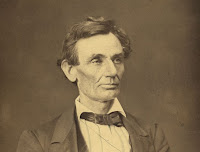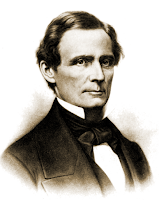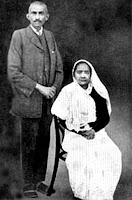Posted on November 6, 2021
This is an update of my post published on November 6, 2009:
NEWS FLASH, 1572: A new star appears!
On November 6, 1572, a new star appeared in the sky. It was hard to miss, because it was about as bright as Venus!
A new star in the sky? That shook up the astronomers. Since ancient times it had been thought that the universe beyond the moon was unchangeable. Most people still thought that Earth was the center of the universe and that the stars were fixed to the inside of a turning sphere that was a steady background across which the sun, moon, and planets moved as they made their closer orbits around us. If this were true, how did a new star suddenly appear on that sphere?
We now know that Earth circles the sun, the sun and all our familiar planets circle in an enormous disk of stars and gas that is our galaxy, and this galaxy, along with a small group of other galaxies, is rushing away from all the other galaxies at a tremendous speed left over from a Big Bang. The universe is much, much, much, much huger than anyone living in 1572 (let alone ancient times) thought. Observations of this new star, however, pushed us toward the modern view.
Many observers noticed the new star, but the one person whose name is attached to it (it is called both SN 1572 and Tycho’s supernova), and who is generally credited with its discovery, didn’t see it for five nights. Finally, on November 11, 1572, Tycho Brahe observed this wonder. Why did he, among so many observers and certainly not the first, get the credit?
First, Tycho Brahe was one of the few astronomers who made careful, systematic observations from steady locations. (He was motivated to do so partly because of this new star. He realized that others’ measurements of the locations of stars and planets varied quite a bit.)
Also, Tycho gave the phenomenon the name that would eventually stick: he wrote about the new star in Latin, De stella nova. (The word nova simply means “new,” but we now know that Tycho’s “new star,” now classified as a supernova, was an exploding—therefore dying—star. A supernova explodes in such a cataclysmic explosion that it can, for a short time, outshine an entire galaxy.)
Another very important point: Tycho published his observations. In 1573 he put out a book about the “new star”—De nova et nullius aevi memoria prius visa stella, or On the New and Never Previously Seen Star—in which he analyzed his own and others’ observations of the phenomenon.
Finally, Tycho was one of the few who realized the importance of the sighting. Some people, clinging to the old way of looking at things, insisted that this new star was between the Earth and the moon, within the sphere that sees changes and variability. Tycho Brahe pointed out that such a close orbit would necessitate that the new star would have to shift when compared to the background of other stars—and he saw no such shift. He was so scornful of those who dismissed the importance of the (super)nova that he wrote in the preface of his book De stella nova, “Oh, thick wits. Oh, blind watchers of the sky.”
By the way…
You may be wondering if Tycho’s supernova is still visible in our sky. Well, you can look at the general area where it appeared—in the constellation Cassiopeia—but it is no longer visible to the naked eye. As a matter of fact, it gradually faded away for two years and disappeared from sight in 1574. Since the star that exploded is about 7,500 light years away, it took until the 1960s for us to see the expanding shell of gas left over from the explosion.
You may be wondering where Tycho Brahe lived. He came from Scania, which was then part of Denmark but is now part of Sweden. He built a research institute on the island Hven but moved to Prague (now part of the Czech Republic) after a disagreement with the Danish king.
Weird…and weirder…
- Brahe lost part of his nose in a duel (a swordfight), at age 20, and he wore a metal insert over the missing part for the rest of his life.
- While he lived in Denmark, Tycho entertained large groups of people at his castle. He kept a dwarf named Jepp as a court jester—and kept him under the table during meals!
- Tycho also kept a tame moose, but at some point the moose drank a lot of beer, fell down the stairs, and died.
Gosh, I hate when that happens!
How about doing a little star watching tonight?
Thanks in part to Tycho Brahe—who not only built astronomical instruments, calibrated them, and made systematic nightly observations, but who also trained a new generation of astronomers—we now know a lot about the stars and gas clouds and galaxies in our universe. Tycho Brahe was the last major astronomer who had no telescope (which was invented several years after his death). On a clear night, in a place with little light pollution, you can see approximately what the world’s best astronomer of the 1500s could see!
Can you see that some stars in the sky are slightly blue, and others are slightly red? The stars vary in color because they vary in temperature. This photo has magnified the stars in size so we can see their colors better:
Below is a photo of a supernova captured by the Hubble space telescope. It is brighter than 5 BILLION ordinary stars like our Sun!
Also on this date:
Plan ahead:
-
November holidays
-
November birthdays
-
Historical anniversaries in November
-
December holidays
-
December birthdays
-
Historical anniversaries in December





















